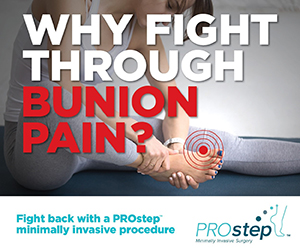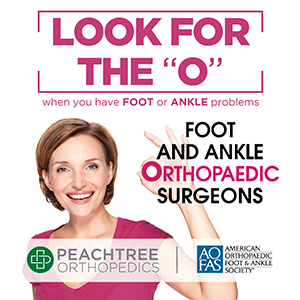Foot and ankle problems may cause many different symptoms and result in activity limitations. Patients may complain of pain, tightness, stiffness, instability, popping, catching, clicking, warmth, swelling, redness, inability to walk, and inability to exercise. An important goal of treatment is often times to decrease pain, which in turn frequently leads to improved function.
Our foot and ankle physicians will offer procedures that are aimed towards healing the injured body in addition to treating any systemic factors than may contribute. Frequent factors that may add to pain and poor function include obesity, diabetes, depression, anxiety, low back nerve impingement, and poor shoe wear including heels. Nonoperative orthopedic treatments help most patients and include but are not limited to medications (including anti-inflammatory medications such as ibuprofen and naproxen), physical therapy, and activity modifications. Surgery is recommended when nonoperative treatments are not working or are no longer working, or in circumstances where surgery is the best options to restore activity and avoid pain.





